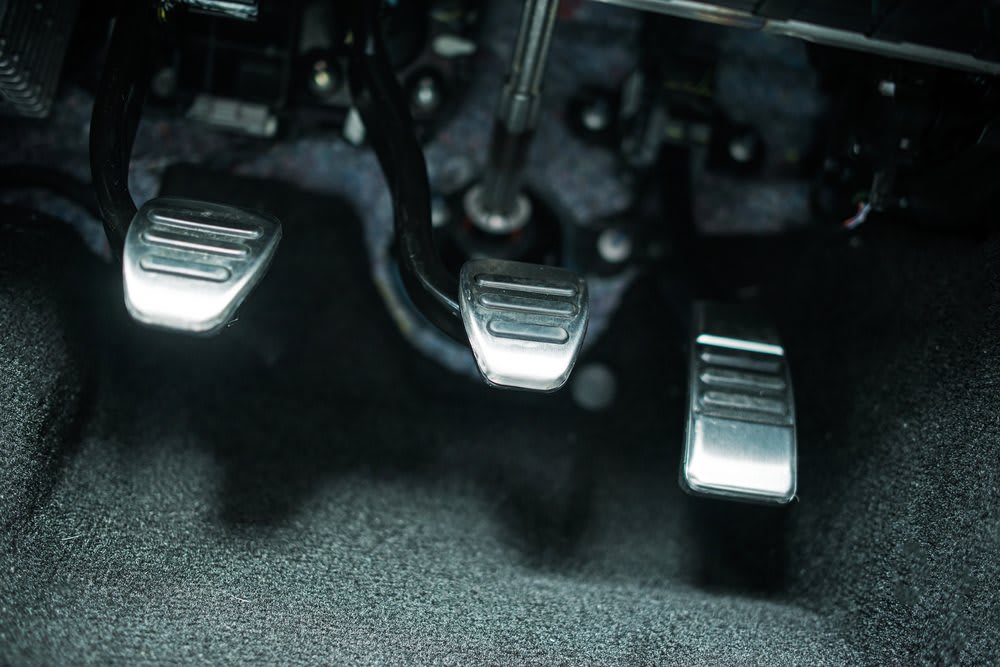

If you drive a car with a manual transmission, you know that to get your car moving, you depress the clutch pedal, choose a gear, and then give the vehicle a bit of gas. But have you ever wondered what’s going on in the shifting system of your car when you’re driving? Let’s talk a bit about clutches in general, and then we’ll discuss the cable clutch system.
How a clutch works
The clutch is what allows the engine to deliver power gradually to your vehicle when you’re starting out, and to move through the various gears while driving. Engaging the clutch sends power from the engine to your car’s transmission and drive wheels. When you push your foot down on the clutch pedal, the power transfer is stopped, but the engine keeps on working – it’s just not sending anything to the drive wheels.
In a manual transmission, the clutch is operated by means of either mechanical or hydraulic linkage. This type of clutch system usually works by means of a cable or shaft along with a lever. The shaft/lever linkage has a lot of parts, and a number of pivot points, including a cross shaft or equalizer, a release lever and rod, and the assembly that transfers clutch pedal movement to a throw-out bearing. In older vehicles, these pivot points have to be lubricated regularly to facilitate smooth movement and prevent wear. You don’t usually have to do this on newer vehicles because the pivot points are fitted with plastic bushings or grommets that don’t deliver a lot of friction.
The cable clutch
The cable clutch shifting system works in essentially the same way as any other clutch, but it has fewer pivot points. In fact, it’s wonderfully simple. It’s lightweight, and it’s the most common type of linkage in most cars that are on the market today. The cable connects the clutch pedal pivot directly to the release fork, eliminating practically all of the wear points that are found in shaft and lever linkages.
The only downside to a cable clutch is that if you own your car for a long time, the cables will eventually wear and stretch, and could even break. If the cable wears or stretches, you may find it difficult to put your car in gear. If it breaks, you won’t be able to shift at all.
The advantages
Because the cable clutch system has so few pivot points, there are fewer parts that will sustain damage through ordinary wear and tear. There’s a lot going on mechanically when it comes to getting your vehicle in and out of gear, and the simpler the system, the lower the likelihood of developing problems.



